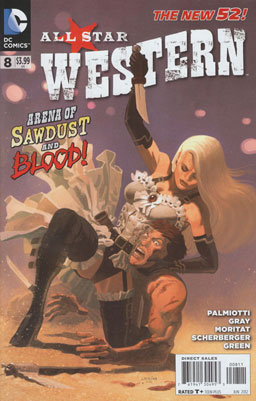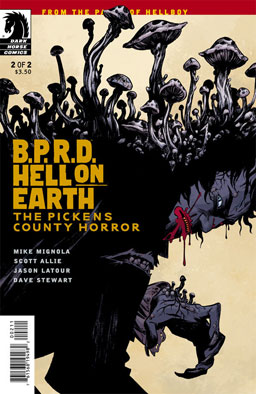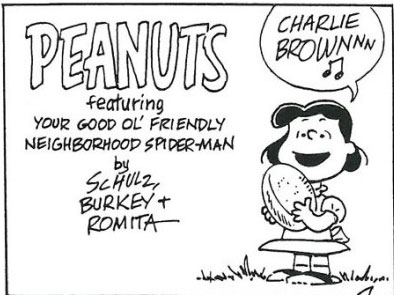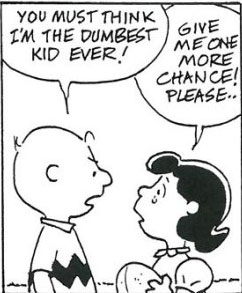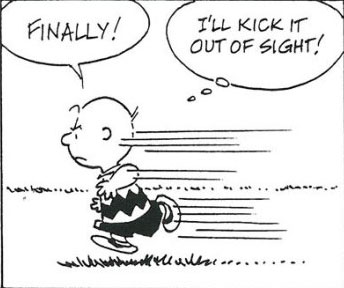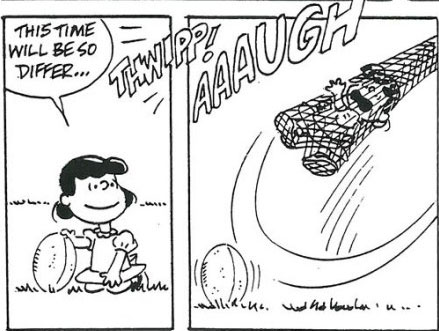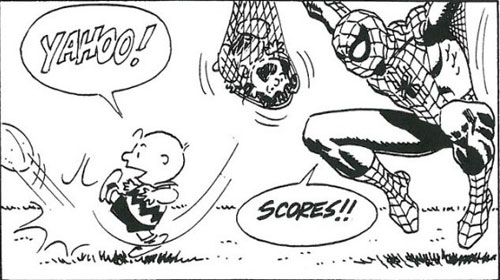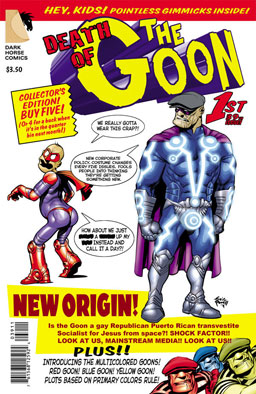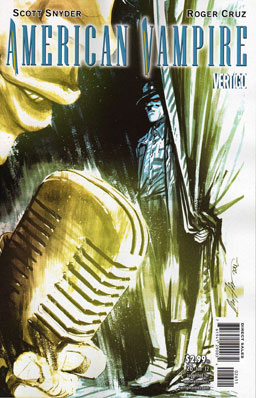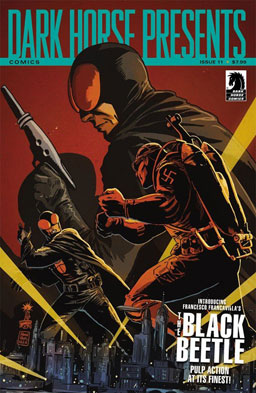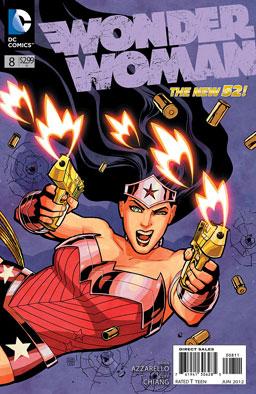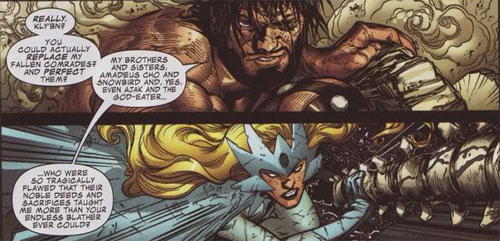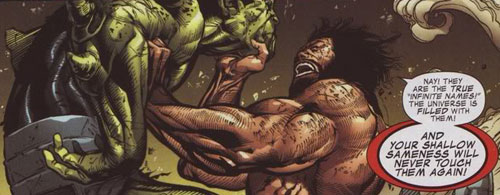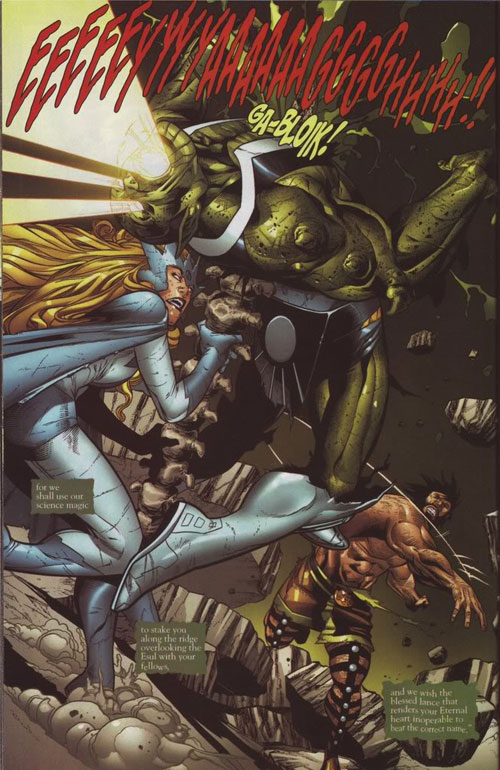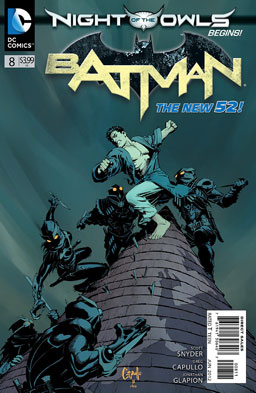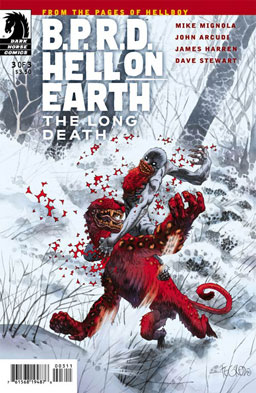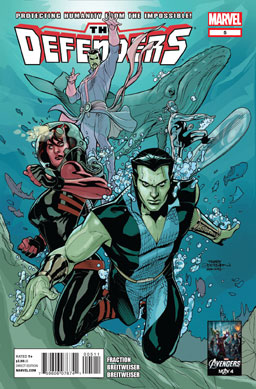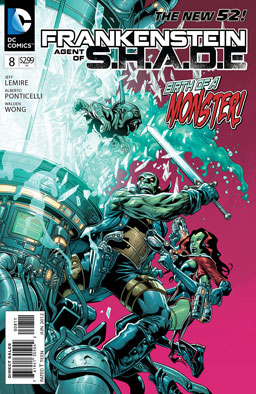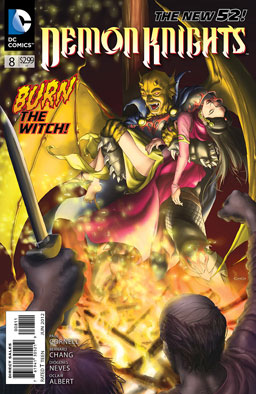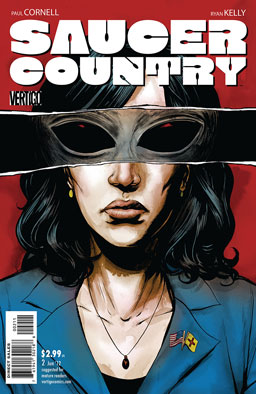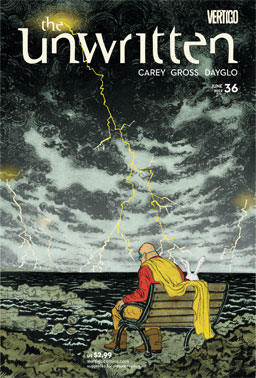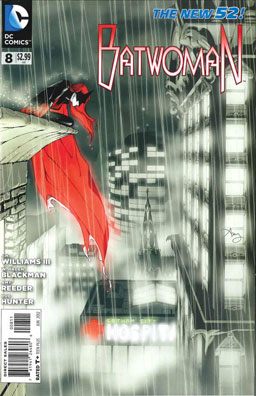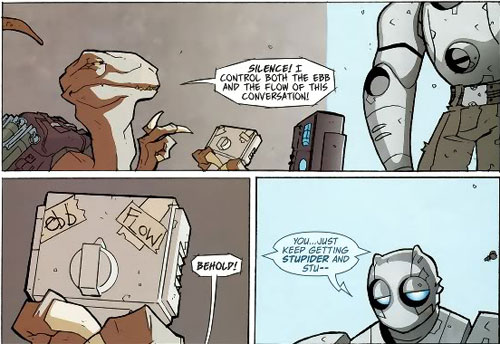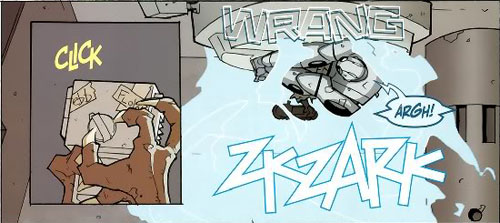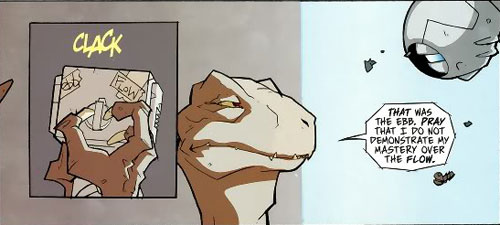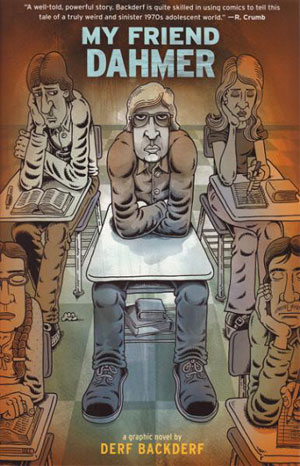
My Friend Dahmer
So once upon a time, there was this guy named Jeffrey Dahmer. You might’ve heard of him. Back in 1991, he got caught trying to abduct a guy in Milwaukee, and police found a human head in his refrigerator, along with human remains stored in barrels and various severed body parts scattered around his apartment. He’s one of the most notorious serial killers in history.
Back in ’91, there was an editorial cartoonist called Derf Backderf working for a paper in Cleveland. His wife, also a reporter at the paper, calls him, tells him about this serial killer they’ve arrested in Milwaukee, and drops a bomb on him — Backderf graduated from high school with the guy.
So Backderf spends a few years wrestling with the fact that he was friends with a future serial killer and eventually sits down, does a ton of research, and creates this graphic novel, “My Friend Dahmer,” a retelling of his interactions as a teenager with this kid who everyone laughed at and no one really understood.
Backderf and his circle of friends discovered Dahmer after he’d started impersonating a person with cerebral palsy and throwing fake epilectic fits to get attention. Dahmer was a stone freak, but his antics were amusing in the juvenile way we all enjoy when we’re in high school, and they encouraged him as much as they could, even calling themselves the “Dahmer Fan Club.” Backderf remembers him as a really strange kid, sometimes disturbing, usually harmless, often depressing. He drank heavily in high school — a fact that a number of students were aware of, but that every teacher apparently missed — hiding beer and hard liquor around the school grounds so he’d always be able to sneak out and find something to drink.
Ultimately, it’s a really sympathetic portrait of Dahmer. Not to say that it’s entirely Dahmer-positive — Backderf says more than once that Dahmer is a kid he feels tremendous sympathy and empathy for — but that goes away when he crosses the line into murder. But Backderf knew Dahmer as a sad, strange kid with parents struggling through mental health issues and a very nasty divorce. Dahmer wanted attention, like a lot of kids, he was darkly funny, like a lot of kids, and he was conflicted when he realized he was gay, like a lot of kids. Of course, not a lot of kids also realize they’re necrophiliacs and have to struggle with urges to do violence to others. But even then, Backderf recognizes that Dahmer went through a very stressful high school career and kept himself together — admittedly with huge doses of alcohol — until after graduation.
Backderf says that he thinks Jeff Dahmer, the disturbed teenager, could have been saved if only the adults in his life had paid closer attention to him and cared enough to get involved. We’ll never know for sure, of course, but that doesn’t do anything to make this book any less fascinating.
Verdict: A very big thumbs up. This is a pretty thick book, and I burned through it as fast as I could, including the section detailing Backderf’s research and notes. Backderf’s writing about Dahmer is captivating and humanizing in all the best ways — this isn’t something that glorifies a serial killer, but instead asks us to look at how the serial killer was created, at Dahmer’s depressingly rotten youth, at all the ways this kid was failed by the grownups who were supposed to be helping him.
The setting is also pretty amazing — Revere High School in West Allis, Ohio in the mid- to late-1970s is a great backdrop for all of this to happen. Locked-down schools, zero tolerance, and No Child Left Behind were 20-30 years in the future, and the book is both stereotypically ’70s-ish and simultaneously timeless — we’ve all felt this way about school, we’ve all been freaked out by our adolescent hormones, we’ve all wondered whether we’d survive to get out of school and wondered what happened to the people we used to hang with.
This isn’t a horror story, at least not in the traditional sense. If you read it hoping for blood and gore and psycho killer mayhem, you’re going to be very disappointed. If we can call it horror at all, it’s more a matter of the horror of how one person can go from being a pretty normal kid to the kind of lunatic who’d kill 17 people.
Reading this book made me think a lot about all the people I knew in junior high and high school who were the Class Freaks. If I’m being honest with myself, I think there’s a pretty good chance that I was one of the Class Freaks myself. And we’ve all known the Class Freaks at our own schools — the kids who don’t fit in, the kids with weird senses of humor, who just aren’t sociable enough, who looked funny and were easy to target. Of course, most of the Class Freaks graduate, mellow out, get responsible jobs, and get normal families. Jeffrey Dahmer — and his 17 victims — had the bad luck to be the exception that proves the rule.
“My Friend Dahmer” by Derf Backderf. It’s a heck of a good story, and I think you should read it. Go pick it up.

